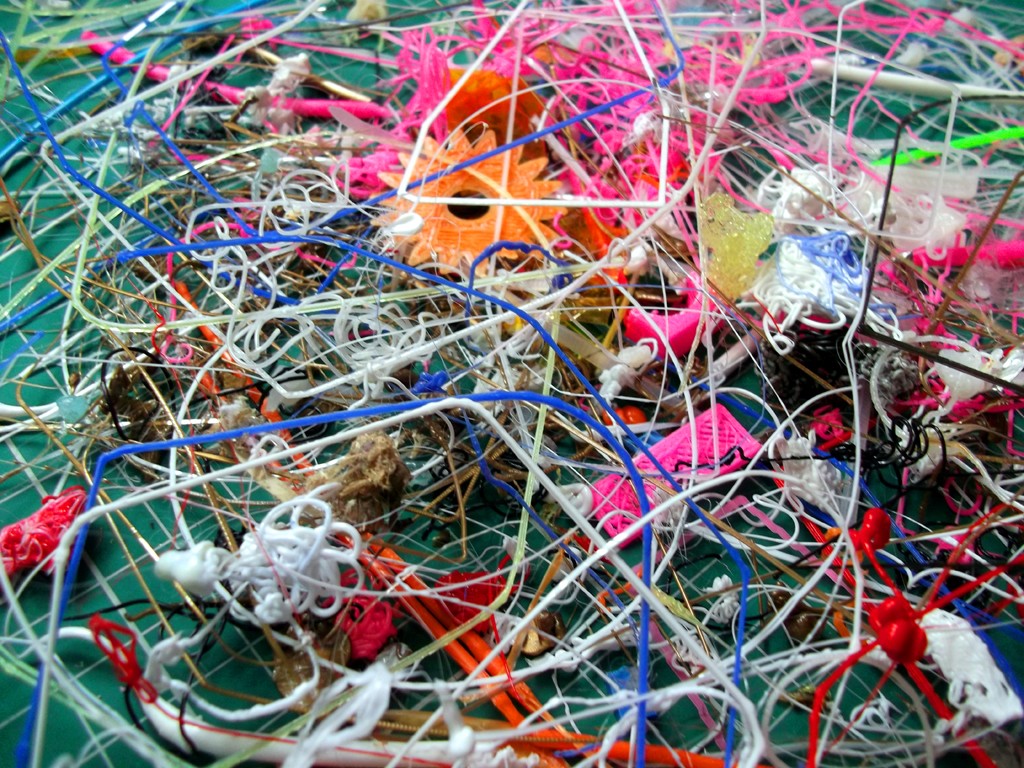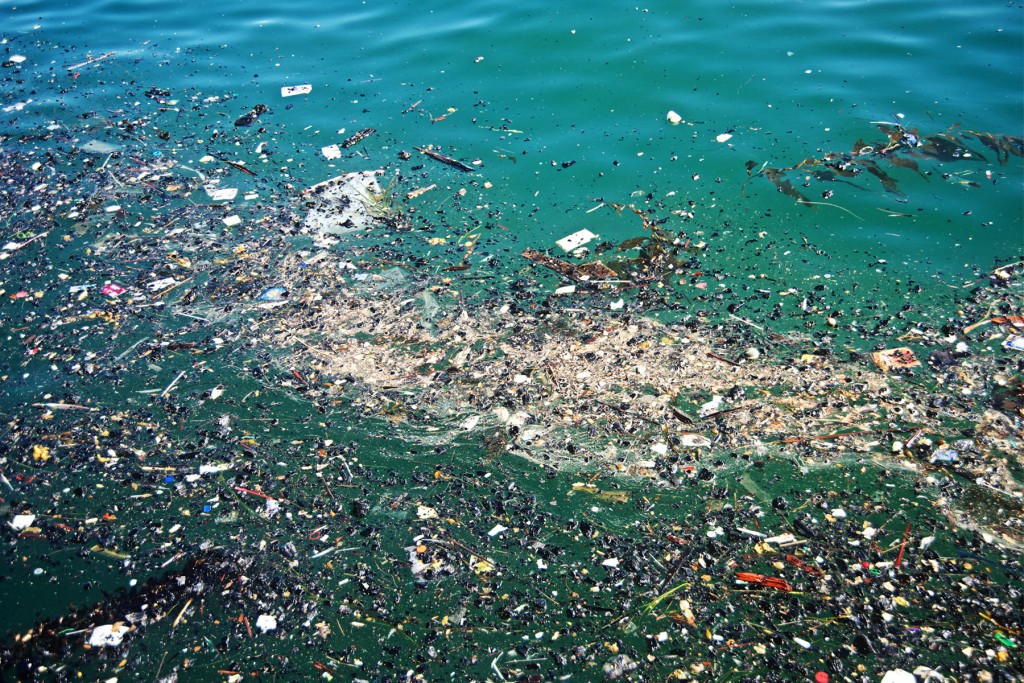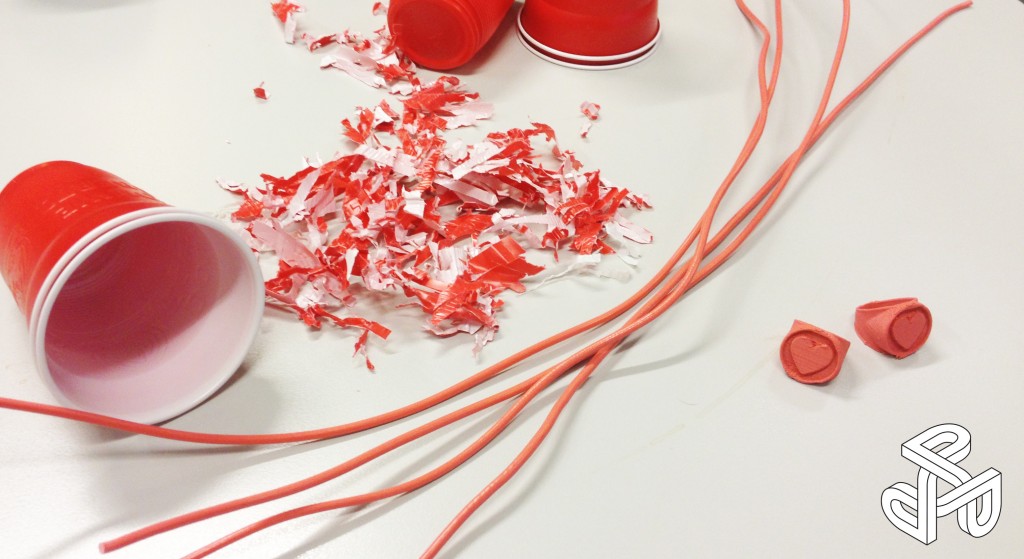3D printing has always had a very long list of materials to work with, now even more so what with all the different technologies being developed.
The ability to work with metal alloys, numerous kinds of plastics and even more exotic materials has been one of the key features that allowed 3D printing to reach the manufacturing summit of the present. The most common materials for the most diffuse 3D printing technology (FDM) are plastics, of both organic and artificial origins, such as PLA or ABS. These materials are produced, respectively, from corn starch and thermoplastic polymers and offer different mechanical properties, fit to various use cases.
Today, the global market for 3D printing filaments is estimated to be worth around $531 million. As is to be expected, the global demand for new filament is growing everyday and customers require for it to be of top notch quality in order to be able to print reliably. This growing need and the explosive diffusion of 3D printing is hitting the sides of a problem we are very sternly looking at as of major importance to the well being of our world and future generations.
Pollution is all around us. We have been inking our oceans and water supplies black and blotting the sky with toxic gasses for more than a century and the problem has only recently been put in a perspective of global importance, if we are to make our presence here a sustainable one. New technologies offer the possibility to address these issues, rendering obsolete old, unsustainable techniques or even actively countering the negative effects of years and years of ecological exploitation. The advancements in the technological world expose both, two sides of the same coin and we have the tools to make it all work out for the better. We just have to.
Do we want to live in a world where gigantic trash mounds cover whole acres for poor kids to live and work in? Do we want intensive, destructive production of virgin materials to keep driving the pollution and continuous erosion of our ecology and biome?
Didn’t think so.
We have the possibility to make 3D printing the technology for future manufacturing but, if we do so, we have the obligation to lay the foundation for it to be sustainable, ecologically viable and green every step of the way. We are already on the brink of ecological collapse: global temperatures are on the rise, our impact on the planet has been like nothing it has ever seen and we already left our terrible, indelible mark on our only home. We must turn the tide now, there is no other way but to disrupt a global mechanism striving on carelessness and focused on maximizing production in favor of a more conscious solution.
Consumer 3D printing is more often than not a messy business: many things can go wrong, rendering the result a piece of rubbish, not counting the big chunks of support structures, necessary evil of the more complex projects in 3D printing. These trash-bin-full of waste are one of the biggest opportunities in the consumer 3D printing business, one that is already being explored and developed. To be able to recycle this waste material would mean to fully utilize all the resources we have at our disposal, avoiding the production of new, virgin plastic which would aggravate the situation.
One would think that being able to recycle the waste material would be one of the logical conclusion of the 3D printing life cycle but it is not so. Recycling is a difficult path to thread in light of many issues that arise with it: to obtain good printing results the filaments need to be impeccable, the most minute impurity could ruin the print, clog the nozzle and other nasty things; also the diameter has to be homogeneous throughout the filament, typically 1.75mm or 3mm. Needless to say, these requirements are very hard to get reliably and affordably but some businesses are researching ways to make this part of our day to day activities.
Different approaches :
There are different approaches to this problem, bringing the recycling part directly to the user or making it happen in a factory in a more controlled environment. The first option is brought by players like Filastruder. Their machine melts plastic given as input, filters the residue and extrudes it into a filament to be then wound up in a spool by the user. While this may seem like an easy solution to our problem, this procedure is littered with potential issues and nuisances: in order to reutilize old prints they have to be very well cleaned, optimally washed and dried, in order to be sure no debris or specks are left as contaminants; then the treated waste has to be shredded finely (5mm on all sides at most) and then, after being melted and extruded, the desired diameter width has to be monitored throughout in order to maintain a low tolerance (0.05mm at most). Also, different materials need to be treated differently to get the best result: for example ABS is easier to work with then PLA, which needs long drying times and has larger diameter inconsistencies.
Coming from ReDeTec, the ProtoCycler offers the ability to incorporate a shredding machine and a controlled filament extruder in a single product, more convenient and easier to use, purportedly increasing filament quality and usability. Although the direction is the right one this looks like a lot of hassle to go through that is surely slowing down the adoption of an added functionality we direly need.
Maybe the best way to go at this is to think bigger and proceed on a larger scale than this, bringing a service instead of a product. There are now many filament producers who circle their business around the issue of recycling.
Refil, Dimension Polymers, Fila-CYCLE and others offer a selection of filaments manufactured from up to 95% of recycled plastic. The reason behind it not being 100% is that plastic has something called “heat cycle”: with each time it gets melted the bonds between its molecules get destroyed thus weakening it; adding a small percentage of virgin plastic helps to keep the material strong through the recycling process. These businesses center their goal around a greener world and some go beyond the call by tackling the forgotten caste of poor, often underage, workers in developing countries who work countless hours sifting through mountains of trash for 2$ a day.
Creating businesses like these and forming a network of workers and recycle materials’ suppliers locally would allow many individuals to raise themselves up and live decent lives, economically sustaining their families and helping the whole country in the process. These businesses are able to stay competitive because recycling material is cheap and thus the possibility to make the good choice becomes ever more convenient.
Although we have our fair share of garbage mounds on land, the oceans are the second best place to look for enormous quantities of plastic and other trash.
Currently in the Pacific Ocean there is a terrible man made phenomenon called the Great Pacific Garbage Patch, a massive debris patch covering an area between 700.000 Km^2 and 15.000.000 Km^2 or, as some media report, almost twice the size of the continental United States. The monster, made up of different items and various density depending on the location, is found in every major body of water and poses a great danger to the local wildlife, constellating the water with pollutant, ultimate testament to our careless civilization.
This huge problem is something to be reckoned with and young Boyan Slat has presented his plan to deal with it in a non harmful way to the local ecosystem. By funneling the patches, which continuously move over the oceans, toward processing platforms the water could be filtered of plankton and other organisms, stashing the plastic and other trash which could be then transported to the nearest recycling factory. This intriguing plan would remove approximately 7.5 megatons of plastic waste from the oceans, providing a huge quantity of material for recycling endeavors all over the world.
The technology is here to help
We have the technology to work our way out of the polluted dirt and we have to realize that we have to counteract what we have already inflicted to our planet before heading to a neutral, ecosensible world. Raising global awareness surrounding is a matter of utmost importance and it can start from the big campaigns or the simple yet incisive installations. A collaboration between musician will.i.am and the Coca Cola Company has produced a 3D printer, the EKOCYCLE, that is intended to work with filament deriver from post-consumer recycled PET bottles. With this program the objective is, as will.i.am explains it, to “partner with the most influential brands around the world and use technology, art, style and inspiration to change an entire culture. We will create aspirational lifestyle products made in part using post-consumer waste. We will make it cool to recycle. And we will make it cool to make products using recycled materials.”
Similarly, the Perpetual Plastic Project (PPP) is an installation which is able to directly recycle old plastic drinking cups into 3D printing gadgets, or anything for that matter. This wonderful project makes it clearly visible each step of the way how a simple object could be tossed into the recycling bin instead of the trash and see how it gets transformed into an object with repurposed value thanks to recycling and 3D printing. The installation tours all over at conferences and exhibition to show kids and adults alike the revolutionary power of 3D printing not only as a new manufacturing mean but also as a step to a greener future through convenient recycling.
We have a long way to go to lessen our impact on the world. 3D printing surely is helping broadening our horizons on what can be done to improve the situation, if not completely turn it over its head. It’s going to be some time before we develop the technology to allow for the recycling of those parts printed with DMLS, EBM or other top tier printing techniques (laser sintering, polyjet printing and the likes) but the day will eventually come when we will be able to have two appliances in our homes and little else: a material repurpose machine and the futuristic equivalent to a 3D printer, multi material and almost instantaneous, Star Trek style.
Until then we must not forget that to get to that point we must intelligently confront our present and future issues in an all-encompassing, comprehensive manner. The life cycle of a plastic bottle is a myriad steps long and along it there are many stops that could make it part of the huge trash print we are leaving behind. It’s a change in perspective that we need to incorporate in our daily lives, in our homes, industries, governments and international standards. Our future was starting to get tainted black, but 3D printing is brightening it, making it a lot greener.







